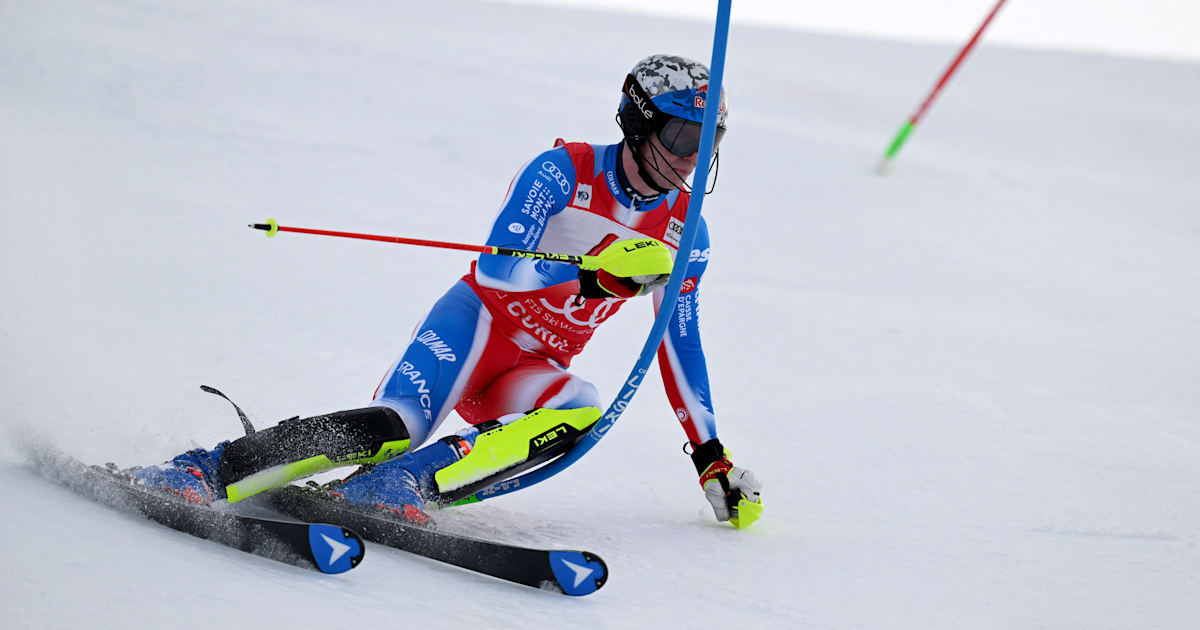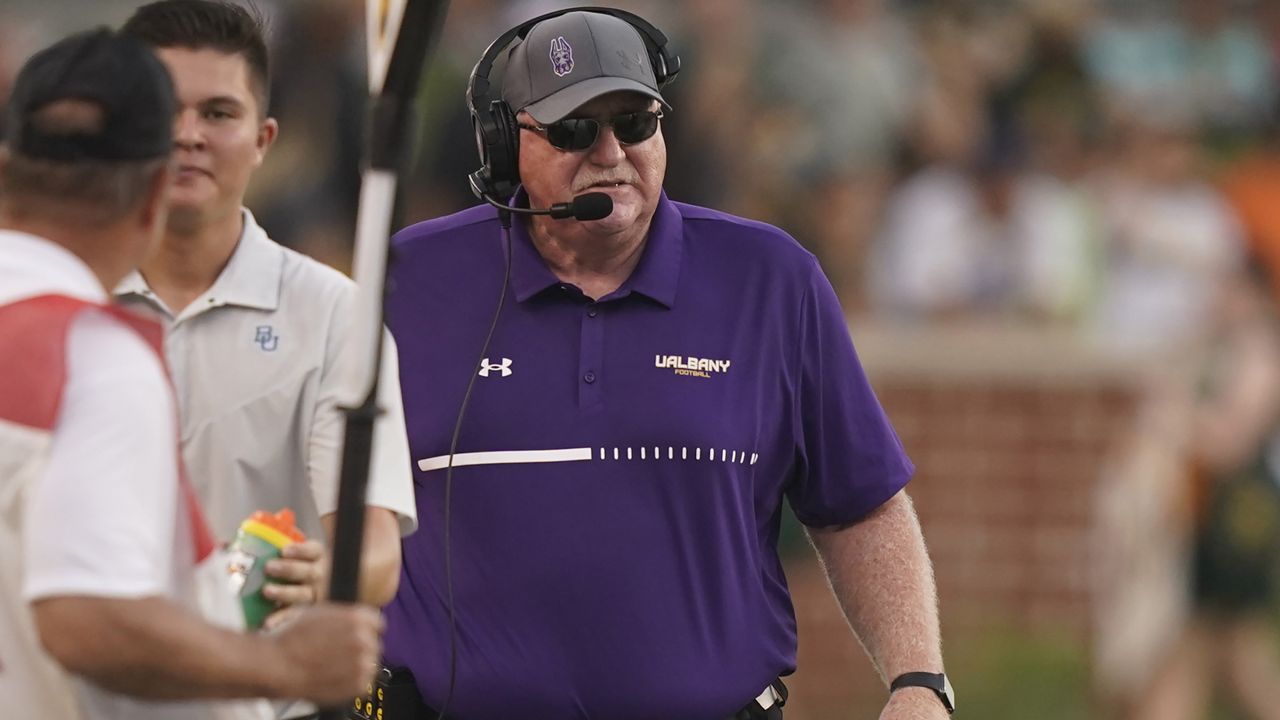Fashion
Why Fashion Loves the Next Generation of Tennis Stars

American Eagle’s marketing team has a simple checklist when it comes to collections with celebrity partners: limited edition, a tight product range and precisely timed to a major event, like a movie premiere.
The brand’s latest launch — a tie-up with tennis star Coco Gauff that features denim corsets and skirts — was released this month just days ahead of the US Open. It met all the usual criteria but added what’s becoming a new prerequisite among fashion brands: it had to be fronted by a buzzy sports star.
American Eagle prides itself on being an early adopter of courting athlete ambassadors. It was among the first fashion retailers to sign a name, image and likeness contract in 2021 when new rules allowed student athletes to sign endorsement deals and earn money off their personal brands. Within a year, American Eagle had inked deals with softball player Maya Brady and gymnast Oliva Dunne.
But fashion’s newest frontier might just be tennis — again.
The sport’s biggest names, Serena Williams and Roger Federer, have retired in recent seasons, and others like Rafael Nadal are likely to soon follow suit, paving the way for a new generation of stars to front their own fashion campaigns. Naomi Osaka ushered in this new chapter when she defeated Williams at the 2018 US Open, and at the forefront of the pack today is 21-year-old Carlos Alcaraz, widely considered the highest-paid tennis player in 2024 and an ambassador for LVMH, Rolex and Calvin Klein.
Seven out of the 10 highest-paid tennis players this year, according to Sportico, are Gen-Z, or 27 and younger. They include Gauff, Jannik Sinner, Iga Swiatek and Emma Raducanu.
Interest in tennis right now is also driven by a confluence of cultural factors, from the growing popularity of sister sports such as pickleball and padel to the revival of retro trends that evoke a “vintage athletic country club” aesthetic, according to Craig Brommers, American Eagle’s chief marketing officer.
“Tennis has certainly cut through culture,” Brommers said. “Coco does have a big part of it.”
Capitalising on the sport’s surging popularity presents an attractive opportunity for fashion brands, but they’ll need to get creative in identifying the right rising star — who won’t have the same safe-bet cachet as the sport’s most internationally recognised and now-retired figureheads. Gauff, for instance, has 1.8 million Instagram followers, compared to Serena Williams’ 17.3 million; rising men’s tennis star Taylor Fritz has 632,000 Instagram followers, compared to Federer’s 12.7 million.
That this new class of tennis stars doesn’t yet have the widespread acclaim of their predecessors isn’t necessarily a setback. In fact, it could be part of their appeal. The next generation of tennis talent presents a fresh canvas for brands like American Eagle, Rolex (which signed Ben Shelton in January) and New Balance (Gauff’s footwear and apparel partner) to connect with a younger, more diverse, and digitally-savvy audience.
Reaching a New Base
Most crucially, the new class of tennis stars offer brands malleability. In other words, having a smaller following means players like Gauff and Fritz haven’t seen their images so firmly established in the minds of audiences, which affords them broader appeal beyond performance wear to potentially extend into fashion and beauty.
A few days ahead of the US Open, Gauff held court at an American-Eagle sponsored dinner in New York City where she mingled with influencer Paige Lorenze and actresses Lola Tung and Bailey Bass. Photos of Gauff donning her American Eagle jean jacket appeared across social media and in publications such as People magazine and US Weekly, which dubbed Gauff “the queen of denim.”
Gauff’s ability to transition from Grand Slam champion to denim tastemaker is the kind of appeal that brands like American Eagle are eager to harness, said Brommers. “Coco is such a … great representation of Gen Z,” he said. “They’re not defined by one part of their life. They are multi-hyphenate.”
Young Black athletes like Gauff, basketball player Angel Reese, and gymnast Jordan Chiles also help brands connect with an increasingly diverse consumer base. While the demographic’s share of the population is growing, representation in fashion campaigns and on runways has yet to catch up.

“The people that we use, not only in the big campaigns, but even on our site, should reflect what Gen Z looks like, which is the most diverse generation in the history of this planet,” Brommers said.
The Lifestyle Effect
Sports brands like New Balance and Nike as well as luxury labels already associated with the sport, such as Boss and Rolex, also see fresh opportunities in today’s rising stars.
For running brand On, Shelton lends credibility to its continued foray into the tennis world since Federer, an investor and face of On’s tennis collection, is now retired.
New Balance signed Gauff on as an ambassador in 2018, creating a signature shoe that she helped design, when the tennis player was only 14. To date, she’s the only active tennis player with a signature shoe.
The decision to sign Gauff was an investment in her future — and by extension, that of New Balance, the company said. The hope, said Evan Zeder, director of global marketing for tennis at the brand, was that Gauff would eventually become a world-renowned athlete at the calibre of a Williams or a Federer.
Young tennis players tend to be more engaging on social media, according to Nadia Kokni, Hugo Boss’ senior vice president of global marketing. Osaka, for instance, is known for her openness in talking about mental health issues. In an Instagram post earlier this month, she shared her struggles with feeling not attuned with her body postpartum as she prepared for her return to the US Open.
Increasingly, players’ romantic partners like Morgan Riddle, an influencer and Fritz’s girlfriend, as well as Paige Lorenze, Tommy Paul’s partner, are growing their own audiences by offering their followers a behind-the-scenes look at life on a tennis tour.
By tapping into these players’ personal lives, brands like Boss receive additional exposure beyond a big campaign or winning moment on the courts.
“Fifty years ago, there wasn’t social media, so you may have someone in your clothes in big branding at an event or a dinner, and you’d maybe get a news article,” said Kokni. “[Today,] we’re a 24/7 lifestyle brand.”









